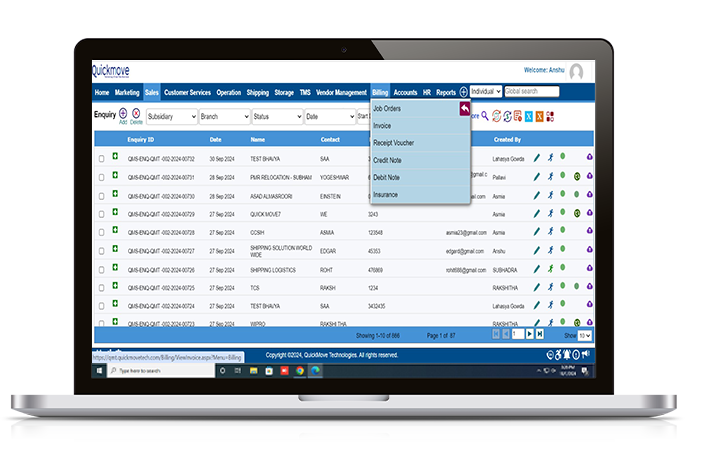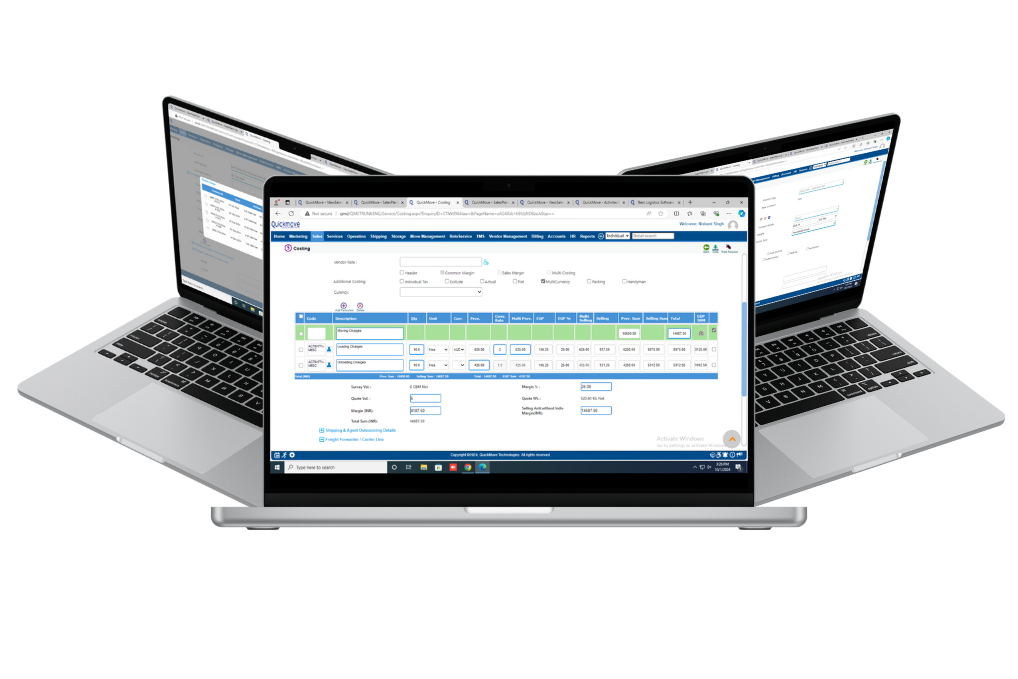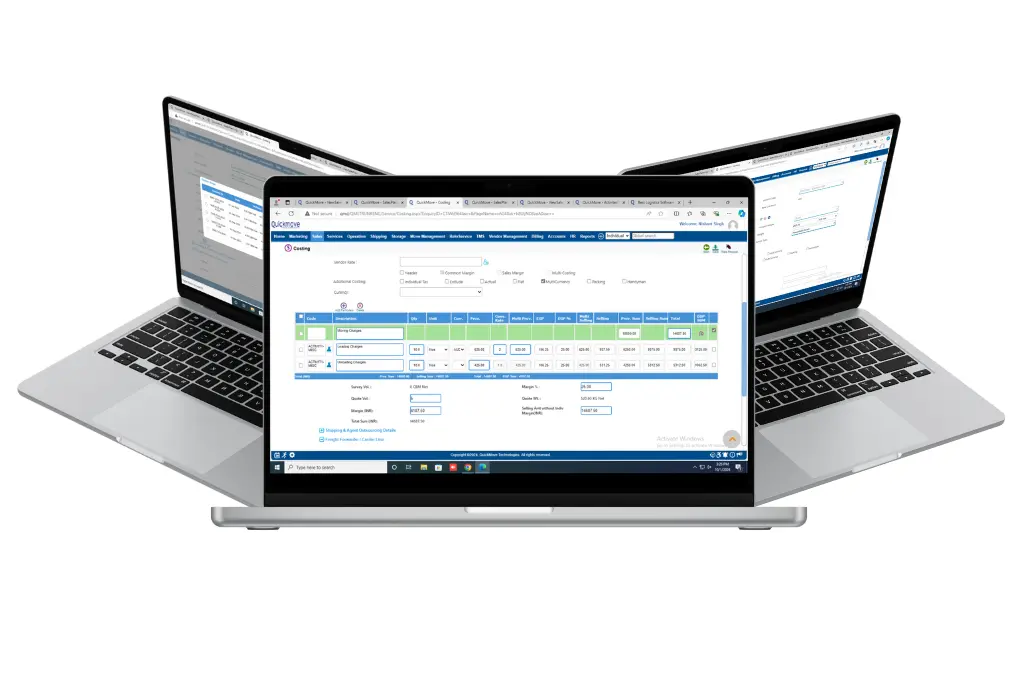Warehouse management system
Expand Warehouse Operations with Streamlined Fulfillment and better Inventory Visibility.

- Integrated Labeling Solution with AI
- Email,SMS & Template Automation
- Contract Rates and Estimation
- Automatic Storage Billing
- Transit Storage Handling
Grow Your Logistics Business
Game-changing functionalities in the Warehouse Management System
Enhance your warehouse operations with our WMS Suite —a SaaS solution for attaining 100% excellent high-volume order execution.

Profit Optimization
Increase team efficiency and lower operational costs.

End-to-end warehouse software
CRM, ERP, billing & accounting, vendor management, HR, payroll, customer service portal, labeling solution, and logistic inventory app.

Automate and Scale
Automate processes to manage more business and customers with the same team, boosting scalability.

Enhanced Financial Control
Gain financial control and better business visibility with comprehensive reporting and analytics tools.

Paperless Warehouse Management
Make the entire warehouse process paperless, synchronizing data in real-time using the logistic inventory app.

Customer Management
Allow customers to log in, track their storage anytime, and receive notifications via email and text messages.

Enhancing Warehouse Efficiency
Optimize inbound operations, ensuring effective space utilization, reducing waste, and maximizing storage efficiency.

Revolutionizing Warehouse Management
Reduce dock-to-stock cycle times by optimizing inventory storage, improving speed, and accuracy in stock handling.
Why should one choose QMT?
Seamless order fulfillment with smooth ERP integrations, enhancing operational efficiency and reducing errors in inventory management.


Comprehensive Solutions
Our software integrates CRM, ERP, billing, and more, seamlessly covering all your warehouse needs..

Efficiency and Cost Savings
Reduce operational costs and increase team efficiency with our streamlined suites.

Customer-Centric Features
Give your customers easy access to tracking and notifications, enhancing their experience.
Major Modules in QuickMove Warehouse management System
Streamline your Warehouse management System with our advanced QMT software. Track shipments, manage documentation, and boost efficiency. Elevate your business to new heights.


Lead Generation & Promotion
Boost business growth with lead tools & promotional features designed to attract new clients and retain existing ones.


Sales
Website inquiry, target list, survey, costing, quotation, sales planning, communication tools.


Customer Services
Job orders, complaints, insurance, feedback, track shipments, streamline processes efficiently.


Inland Logistics Management
Efficiently oversee your inland logistics operations, ensuring timely & cost-effective transportation within the country.


Shipping
Regulate both in bound and outbound shipping smoothly, optimizing your global logistics processes


Billing Accounting & Vendor Management
Vendor Management Purchase process, orders, receipts, returns, stock overview, consumption details.


HR/Payroll
Job and crew management, task, inventory, vehicle, schedule optimization.


Reports and Dashboards
Gain insights into your operations with detailed reports and dashboards, enabling data-driven decision-making.
 Email Us
Email Us

 Freight Forwarding Software
Freight Forwarding Software Moving/Removal Software
Moving/Removal Software Warehouse Management System
Warehouse Management System Transport Management System
Transport Management System Customer Service Portal
Customer Service Portal Move Survey Quote Pro
Move Survey Quote Pro Digital Logistics Inventory App
Digital Logistics Inventory App